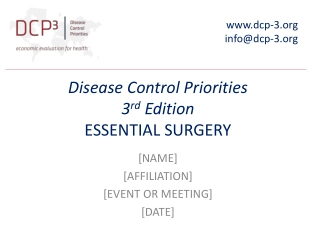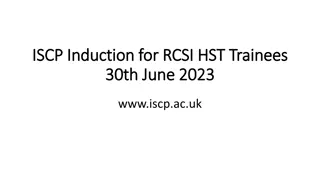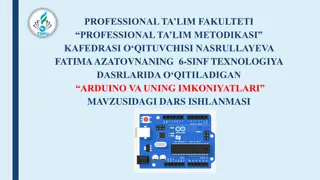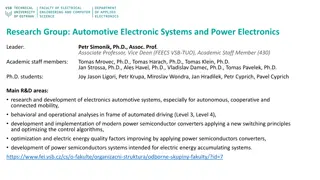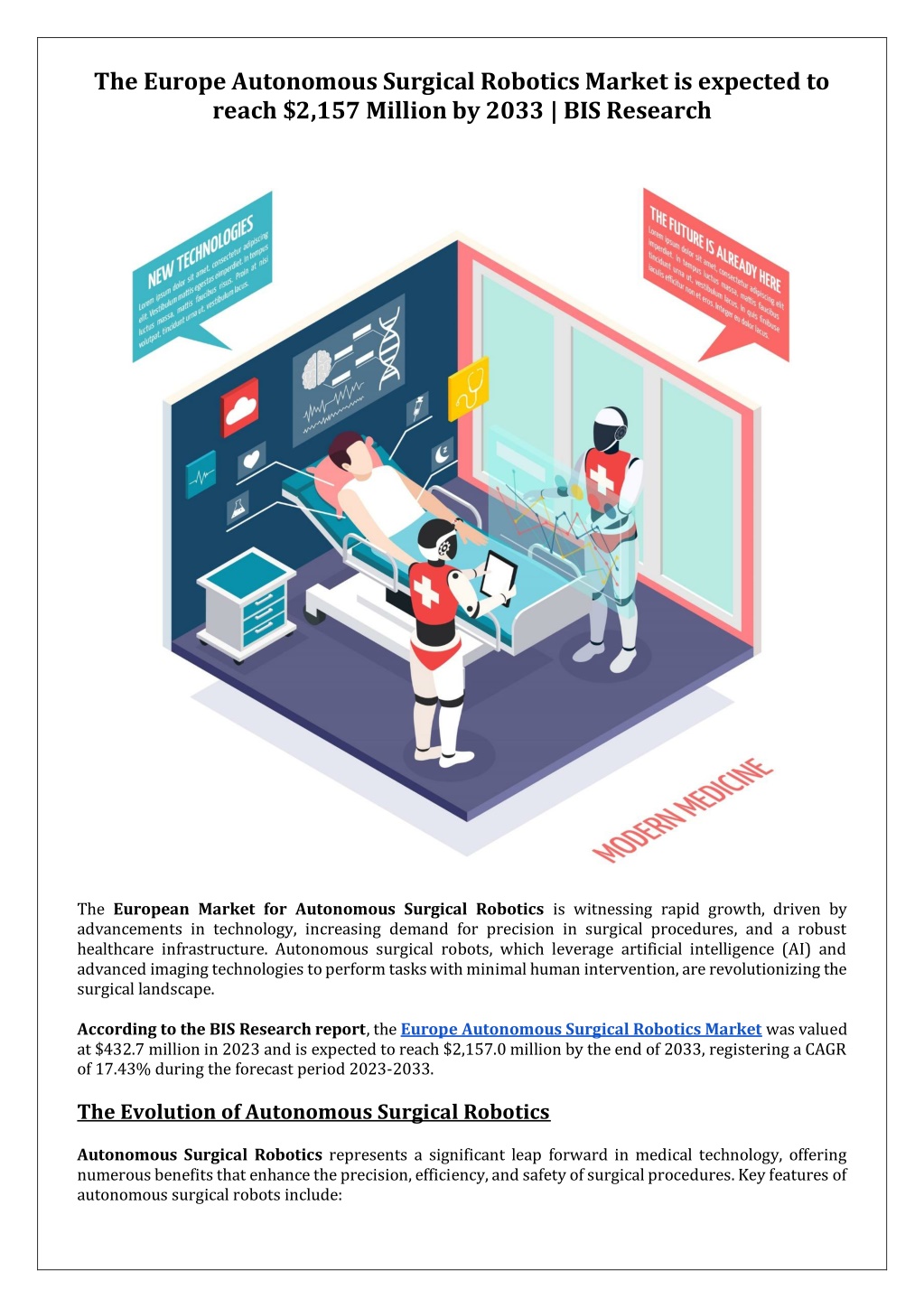
The Europe Autonomous Surgical Robotics Market will reach $2,157 Mn by 2033
According to the BIS Research report, the Europe Autonomous Surgical Robotics Market was valued at $432.7 million in 2023 and is expected to reach $2,157.0 million by the end of 2033, registering a CAGR of 17.43% during the forecast period 2023-2033.
- Europe Autonomous Surgical Robotics Market
- Europe Autonomous Surgical Robotics Industry
- Europe Autonomous Surgical Robotics Market Report
- Europe Autonomous Surgical Robotics Market Research
- Healthcare
- BIS Research
Uploaded on | 0 Views
Download Presentation
Please find below an Image/Link to download the presentation.
The content on the website is provided AS IS for your information and personal use only. It may not be sold, licensed, or shared on other websites without obtaining consent from the author. Download presentation by click this link. If you encounter any issues during the download, it is possible that the publisher has removed the file from their server.
Presentation Transcript
The Europe Autonomous Surgical Robotics Market is expected to reach $2,157 Million by 2033 | BIS Research The European Market for Autonomous Surgical Robotics is witnessing rapid growth, driven by advancements in technology, increasing demand for precision in surgical procedures, and a robust healthcare infrastructure. Autonomous surgical robots, which leverage artificial intelligence (AI) and advanced imaging technologies to perform tasks with minimal human intervention, are revolutionizing the surgical landscape. According to the BIS Research report, the Europe Autonomous Surgical Robotics Market was valued at $432.7 million in 2023 and is expected to reach $2,157.0 million by the end of 2033, registering a CAGR of 17.43% during the forecast period 2023-2033. The Evolution of Autonomous Surgical Robotics Autonomous Surgical Robotics represents a significant leap forward in medical technology, offering numerous benefits that enhance the precision, efficiency, and safety of surgical procedures. Key features of autonomous surgical robots include:
Artificial Intelligence (AI) and Machine Learning (ML): These technologies enable robots to analyze vast amounts of data, learn from surgical outcomes, and make real-time decisions during procedures. Advanced Imaging and Navigation: High-definition imaging and sophisticated navigation systems allow for precise mapping of surgical sites, improving accuracy and reducing the risk of complications. Minimally Invasive Capabilities: Autonomous surgical robots are designed to perform complex procedures through small incisions, leading to quicker recovery times, less pain, and reduced hospital stays for patients. Key Market Dynamics Technological Advancements: Continuous innovations in AI, machine learning, and robotics Enhancing capabilities of autonomous surgical systems Improving reliability and effectiveness Increasing Demand for Precision Surgery: Surgeons and patients seeking precise surgical procedures Minimizing risks and improving outcomes Autonomous robots offer unparalleled precision Reducing human error Aging Population: Europe s aging population leading to more surgical procedures Increase in surgeries for age-related conditions Autonomous surgical robots meeting high-volume, high-precision demands Supportive Regulatory Environment: European healthcare systems increasingly adopting advanced technologies Regulatory bodies providing conducive environment for market growth Want to stay updated? Request for the FREE sample PDF report (updated version) of Europe Autonomous Surgical Robotics Market Research. European Market Segmentation of Autonomous Surgical Robotics Segmentation by Product Type: Robotic Systems Consumables Services Segmentation by Application: General Surgery Orthopedic Surgery Neurosurgery Cardiac Surgery Gynecology Urology Segmentation by Country: U.K. France Italy Germany Spain
Future Market Prospects The future of the autonomous surgical robotics market in Europe looks promising, with several trends likely to shape its trajectory: Enhanced AI Capabilities: Ongoing advancements in AI and machine learning will continue to improve the decision-making abilities of autonomous surgical robots, making them more effective and reliable. Increased Collaboration: Partnerships between technology companies, healthcare providers, and research institutions will drive innovation and accelerate the development of advanced autonomous surgical systems. Expanding Applications: The range of surgical procedures performed by autonomous robots will continue to expand, encompassing more complex and varied surgeries. Broader Adoption Across Europe: As costs decrease and technology becomes more accessible, autonomous surgical robots will find increased adoption across Europe, addressing disparities in healthcare quality and access. Conclusion The Europe Autonomous Surgical Robotics Industry is poised for significant growth, driven by technological advancements, increasing demand for precision in surgical procedures, and a supportive regulatory environment. By addressing challenges related to cost, regulation, and integration, and leveraging opportunities in AI advancements and expanded applications, the potential of autonomous surgical robotics can be fully realized. This revolution in surgical care promises to enhance the quality of life for patients across Europe, setting new standards for precision, efficiency, and safety in the operating room.

















